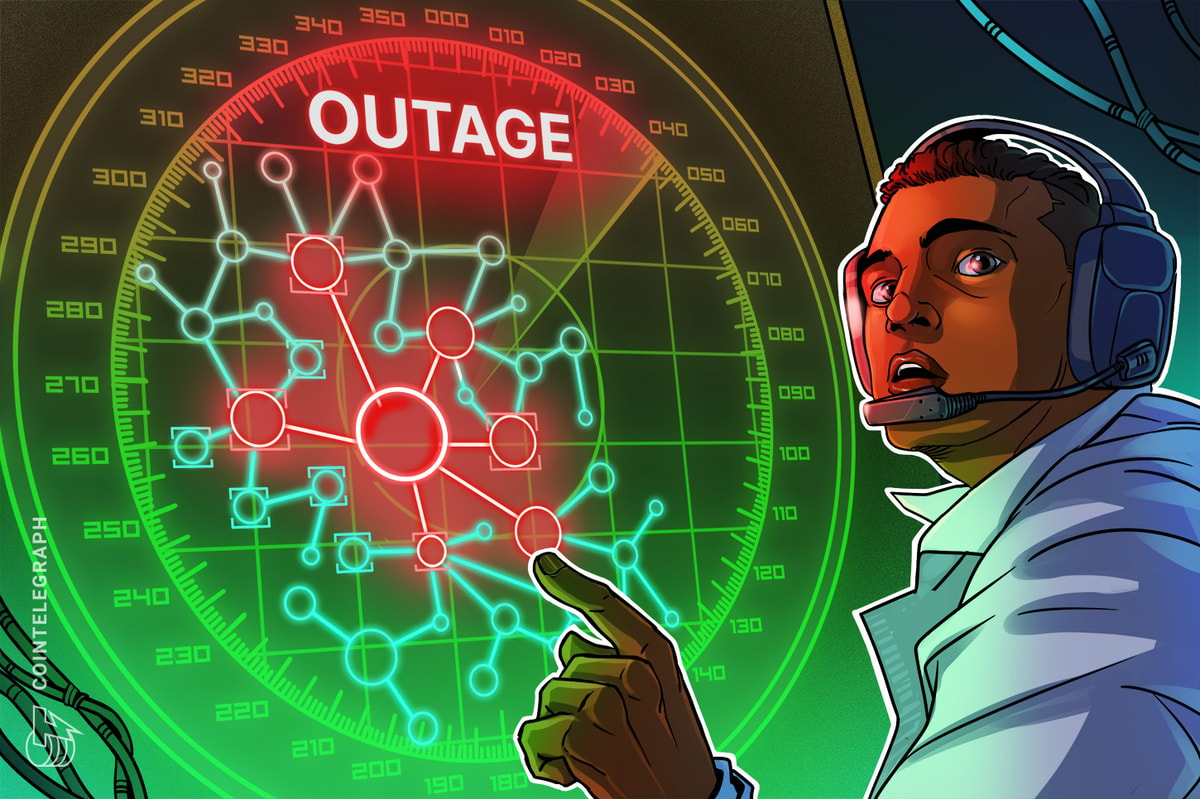Coinbase’s Ethereum layer-2 blockchain Base stopped producing blocks for 33 minutes on Tuesday after switching to a backup sequencer that wasn’t set up properly to process transactions.
The incident began at 6:07 am UTC when the active sequencer started falling behind on block production, prompting Conductor — Base’s system for managing sequencer availability and reliability — to switch sequencers.
However, it switched to an “unhealthy mainnet sequencer” that was still being set up and thus wasn’t able to produce blocks, Base Build’s X account said in a post on Tuesday.
Base creator Jesse Pollak said the core team responded to the issue immediately, with the network fully recovered by 6:40 am UTC. A little more time was taken to ensure a chain reorganization wasn’t required, Base said in its post-mortem.
Base is still highly centralized
The incident exposes Base’s reliance on centralized sequencers to handle transactions at scale. While multiple sequencers run, they rely entirely on Conductor’s management capabilities — creating a single point of failure that can halt the entire network.
The team behind Base, which currently secures more than $4.1 billion of total value locked, said it would update its infrastructure to ensure all sequencers in the cluster can handle block-building responsibilities if selected.
Base’s only other major network outage occurred on Sept. 5, 2023 — shortly after its public launch — where block production was halted for 43 minutes.
Accountability taken by Base leader
Base’s head of engineering, who goes by “aflock” on X, said that Base takes chain uptime very seriously while adding that it can’t “power a global economy without a solid backbone of a network.”
“Proud of the team for the quick response here and glad we’ve found several ways to harden our systems going forward.”
Base’s network outage bullish, apparently
Some crypto pundits viewed Base’s outage as bullish, including former Coinbase engineer and Save Finance founder, 0xrooter, who said: “people only make a fuss about downtime for chains with actual users.”
“Bullish downtime,” the pseudonymous developer added.
Helius Labs CEO Mert Mumtaz compared the incident to Solana, another high-speed blockchain that has had its fair share of network outages over the years.
Related: Ether ‘mega whales’ continue buying through weekend dip
Despite the security challenges, Solana and Base remain among the most used blockchains for retail users, boasting the first and fourth most active addresses at 2.83 million and 1.09 million, respectively, DefiLlama data shows.
Solana is the second-largest chain by DeFi TVL at $9.6 billion, while Base sits at sixth.
Magazine: Ether could ‘rip like 2021’ as SOL traders brace for 10% drop: Trade Secrets
Read the full article here


